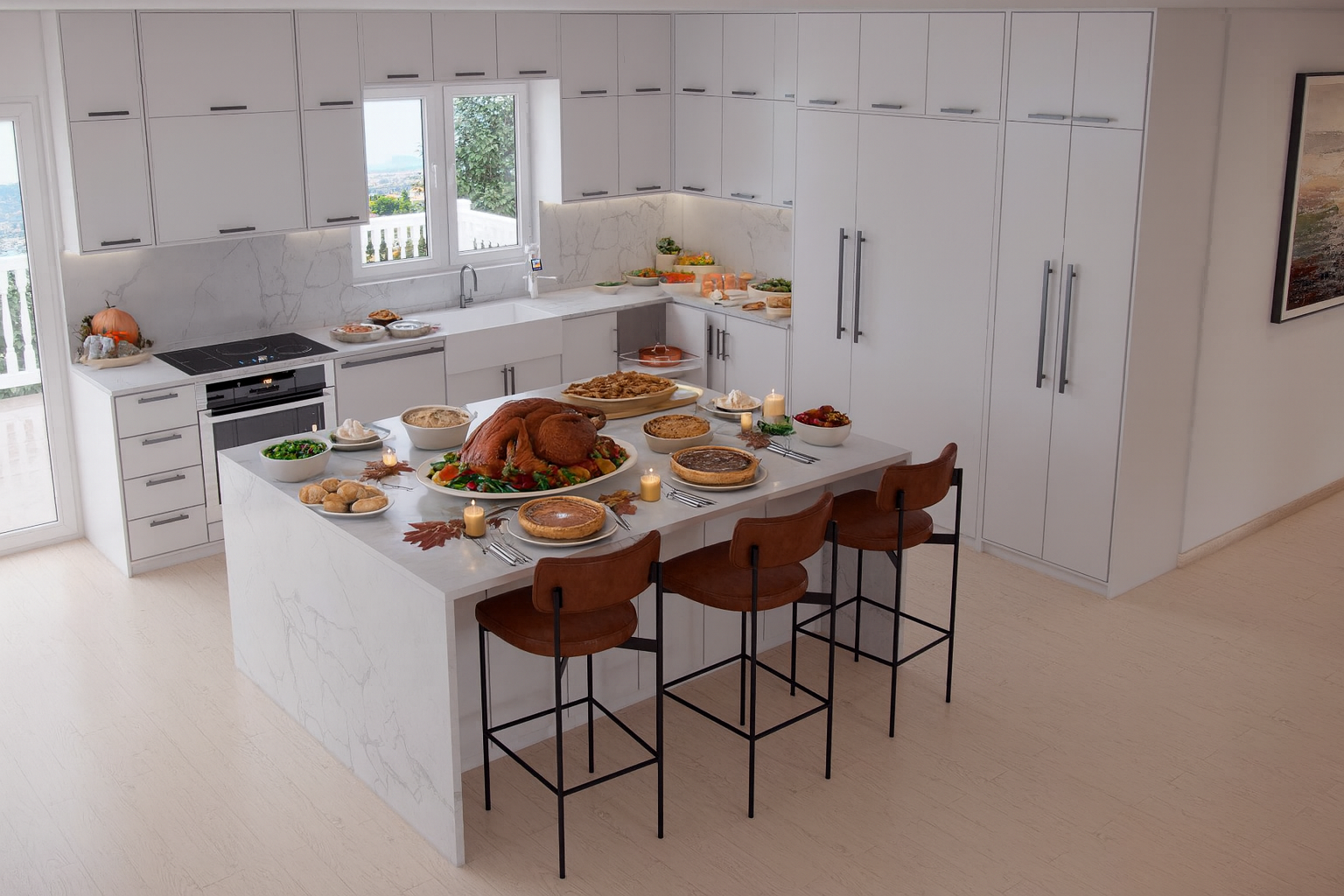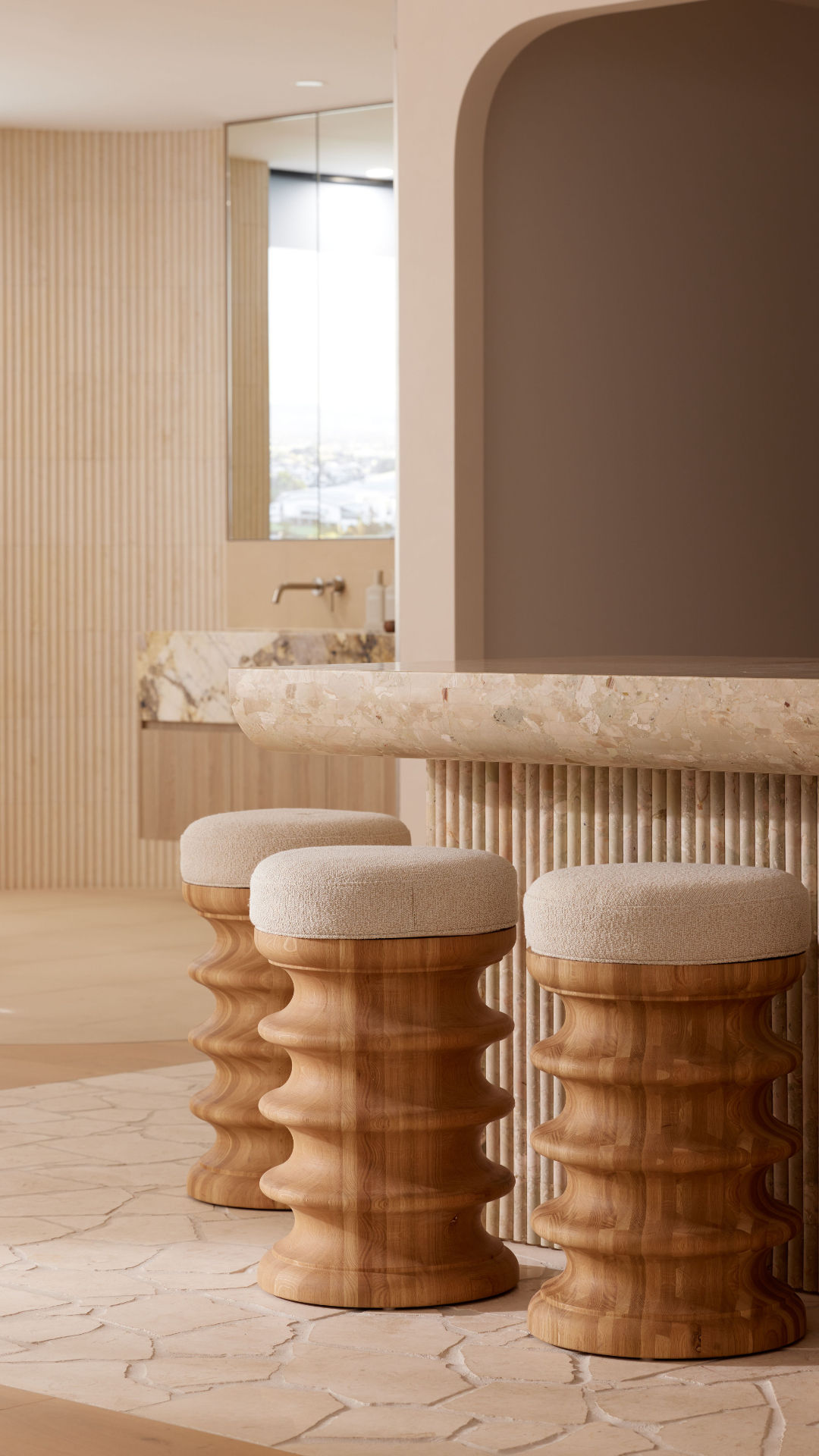Intro:
Meeting with an interior designer is an exciting first step toward transforming your home into a space that truly reflects your lifestyle and taste. But to make the most of that first meeting, a little preparation goes a long way. Coming in with clear ideas, visuals, and information helps your designer understand your goals and create a plan that fits your vision and budget. Here’s how to prepare so your consultation sets the tone for a successful design journey.
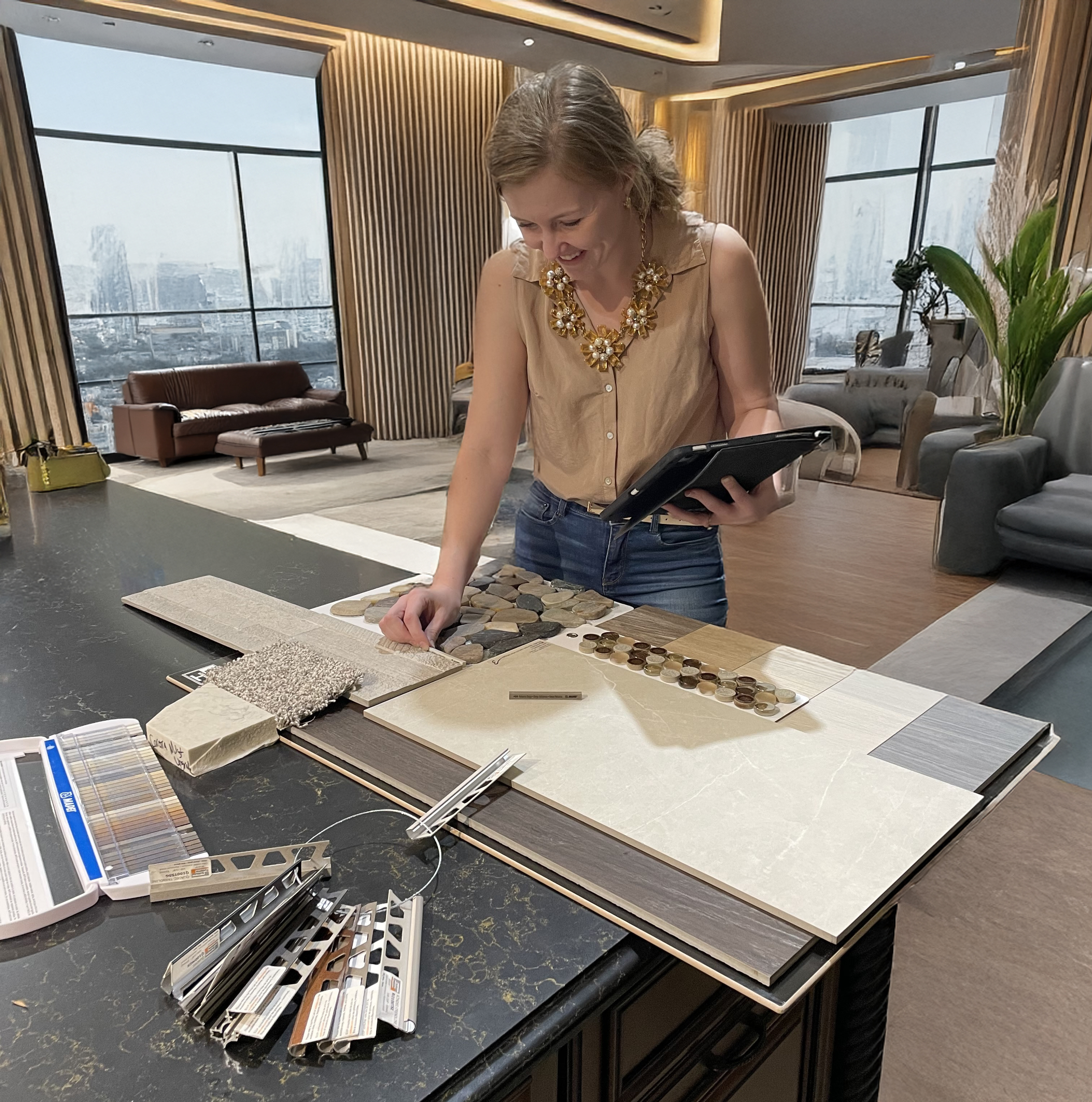
Gather Inspiration and Define Your Style:
Before your meeting, spend some time collecting inspiration images—Pinterest boards, Instagram saves, magazine clippings, or even photos of spaces you love from friends’ homes. These visuals help your designer see what styles, colors, and moods draw you in. Don’t worry if your tastes seem mixed; a designer can spot common threads and translate them into a cohesive vision. Knowing whether you lean modern and minimal, warm and rustic, or timeless and classic helps jumpstart the creative direction.
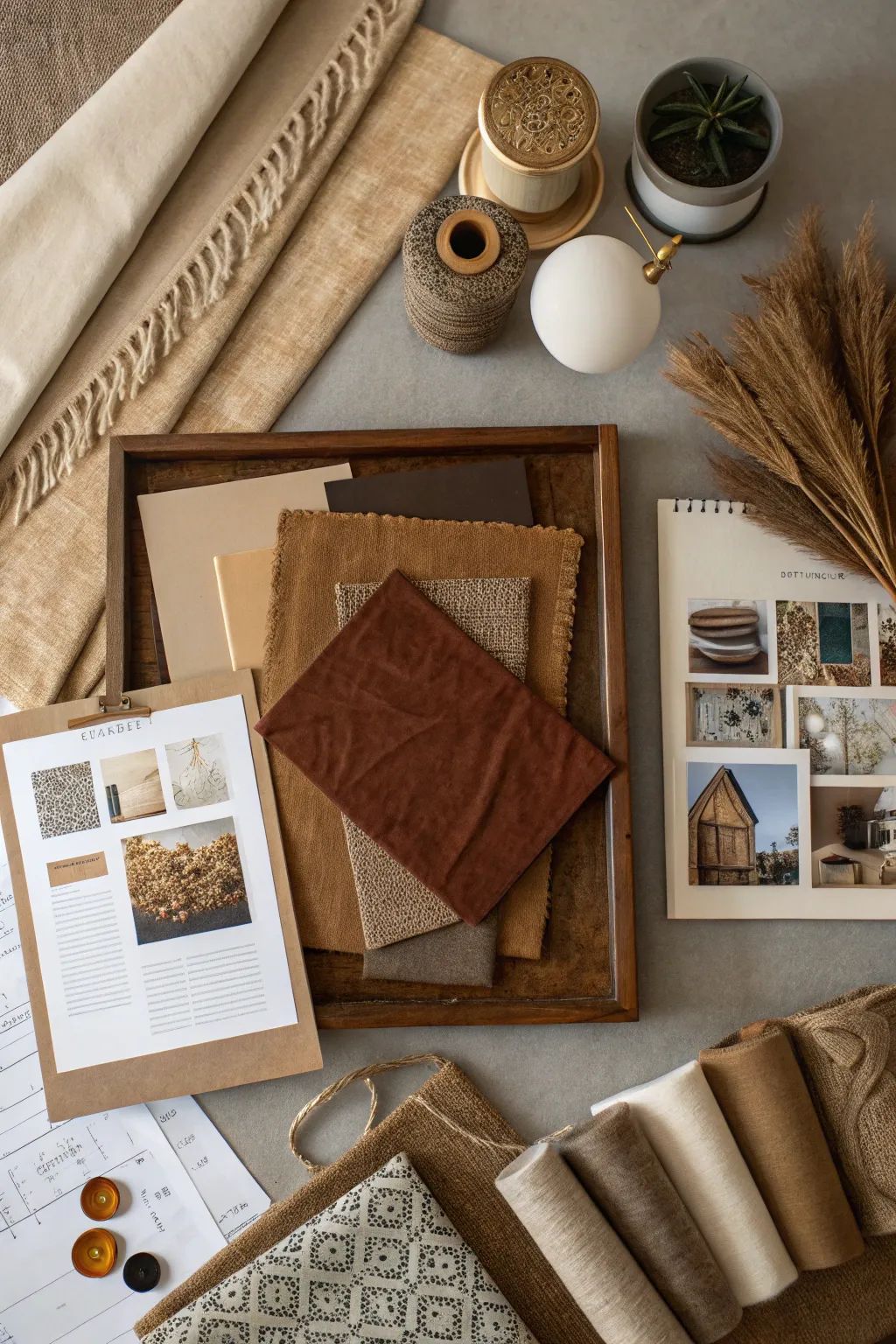
Know Your Priorities and Budget:
Think about what you want out of your design project—whether it’s a full remodel, a furniture refresh, or finishing touches to make your space feel complete. Be honest about your must-haves, nice-to-haves, and what you’re willing to compromise on. Just as important, come prepared with a realistic budget. Your designer can help guide you toward where to invest and where to save, but having an initial number helps shape a plan that aligns with your financial comfort zone.
Bring Existing Details and Measurements:
If you have existing floor plans, paint colors, or room measurements, bring them to your meeting. These details save time and allow your designer to visualize your current layout accurately. It’s also helpful to note any pieces you plan to keep—like a beloved sofa or heirloom dining table—so they can be seamlessly integrated into the new design. The more information you provide, the more personalized and efficient your design process will be.
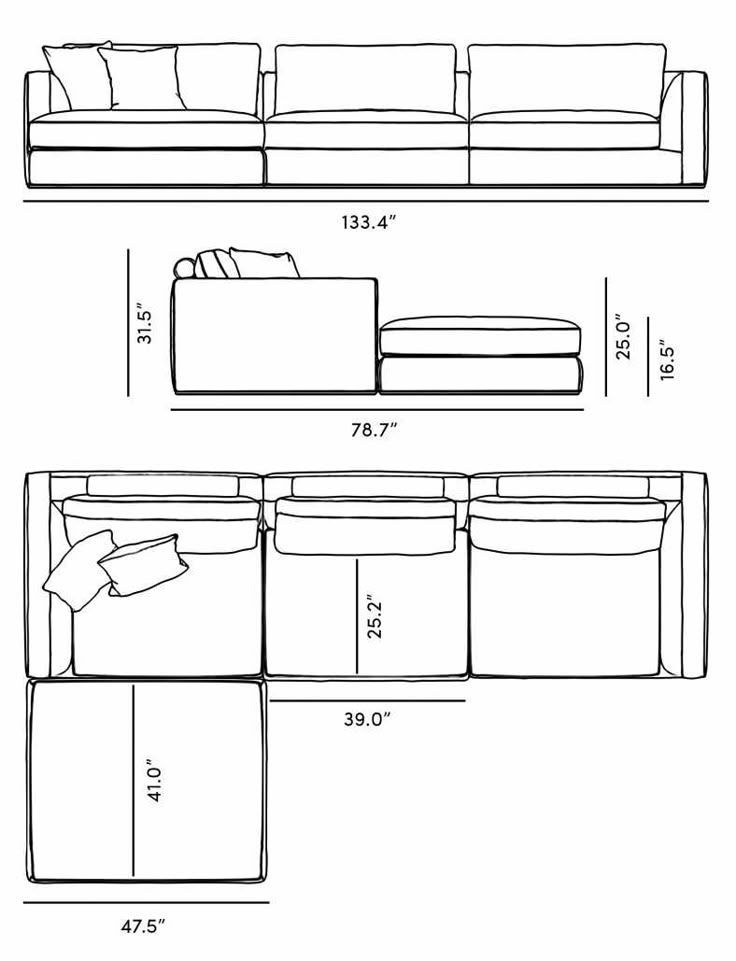
Closing:
Preparation is key to making your design consultation smooth, productive, and inspiring. By gathering visuals, defining your goals, and bringing practical details, you give your designer the tools to craft a thoughtful, tailored design plan. With a clear starting point and open communication, you’ll set the stage for a creative partnership that turns your vision into reality.


